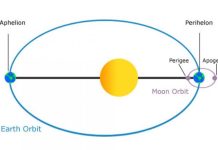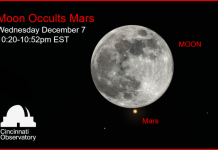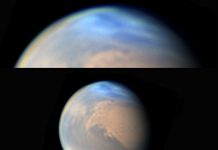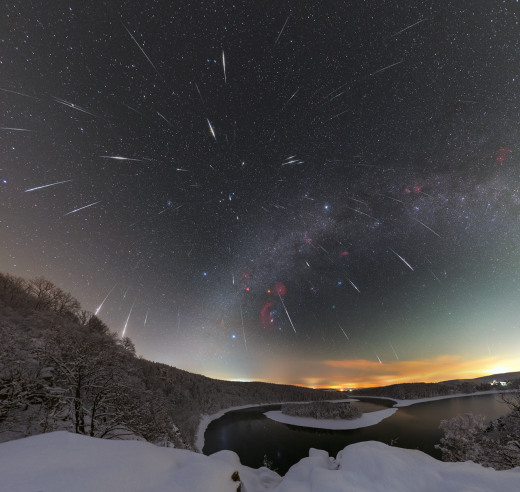
Earth is entering a stream of debris from 3200 Phaethon, source of the annual Geminid meteor shower. Last night, Dec. 12-13, NASA cameras recorded 22 Geminid fireballs over the USA.
Many more are coming. Forecasters expect the shower to peak on Dec. 13-14 with as many as 100 meteors/hour visible from dark sky sites.
The Geminids are still a mystery
Every great mystery novel has an unexpected twist. Apparently the same is true of meteor showers.
A paper published in the Planetary Science Journal reports a surprising new twist in the mystery of the Geminids, a strong annual meteor shower that has puzzled astronomers for more than a century.
“Our work has upended years of belief about 3200 Phaethon, the source of the Geminids,” says co-author Karl Battams of the Naval Research Lab. “It’s not what we thought it was.”
The Geminids peak every year in mid-December, scattering hundreds of bright meteors across northern winter skies. Numerically it is the best meteor shower of the year.
Prepare now! Protect your home and cars againts EMP, solar flare and lightnings…
As meteor showers go, Geminids are newcomers. They first appeared in the mid-1800s when an unknown stream of debris crossed Earth’s orbit. Surprised, 19th century astronomers scoured the sky for the parent comet, but they found nothing. The search would continue for another 100 years.
Enter NASA. In 1983, the space agency’s Infrared Astronomical Satellite (IRAS) found an object now called “3200 Phaethon.” It was definitely the source of the Geminids. The orbit of 3200 Phaethon was such a close match to that of the Geminid debris stream, no other conclusion was possible. Yet here was a puzzler: 3200 Phaethon appeared to be a rocky asteroid.
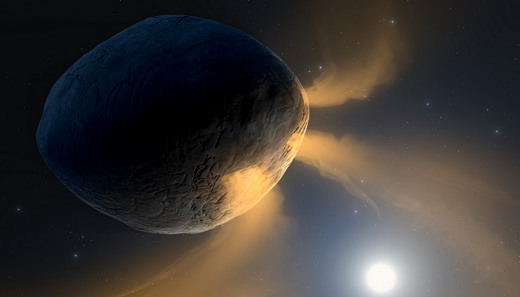
Asteroids are not supposed to make meteor showers. Unlike comets, they don’t have tails and they don’t spew meteoroids. Yet 3200 Phaethon was different. In 2009 and 2012, NASA’s STEREO spacecraft caught 3200 Phaethon sprouting a tail when it passed close to the sun. Apparently, intense solar radiation was blistering meteoroids off 3200 Phaethon’s rocky surface. Astronomers dubbed it a “rock comet,” and the mystery was solved.
Or was it?
Astronomer Qicheng Zhang, lead author of the new paper, was never convinced. For one thing, the Geminid debris stream is massive (1013 kg), while the tail of 3200 Phaethon is puny, providing less than 1% of the mass required to explain the Geminids.
“The tail we see today could never supply enough dust to supply the Geminid meteor shower,” says Zhang.
Zhang, Battams, and colleagues decided to take a closer look. Using coronagraphs on the Solar and Heliospheric Observatory (SOHO), they monitored Phaethon as it passed by the sun in 2022. Color filters on the spacecraft revealed no dust or rock. Instead, Phaethon’s tail is made of sodium gas.
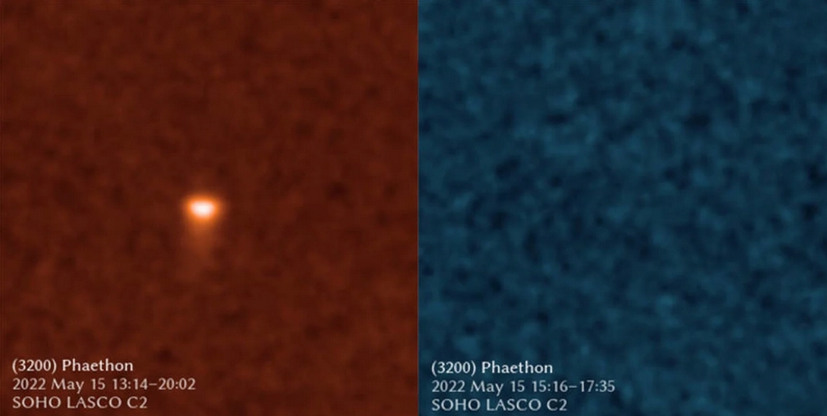
And therein lies the twist. Meteor showers are made of meteoroids, not gas. Suddenly, the Geminids are a mystery again.
“We’re back to square one,” says Zhang. “Where do the Geminids come from?”
3200 Phaethon is still the main suspect. At least one study suggests that Geminid meteoroids are 1,000 to 10,000 years old. Perhaps something hit the asteroid millennia ago. Phaethon’s rapid rotation makes it susceptible to sudden episodes of mass loss, so even a relatively small impact could create the necessary meteoroids.
Prepare now! Protect your home and cars againts EMP, solar flare and lightnings…
The best way to test this idea is to look at the surface of Phaethon with a space probe. Japan plans to do just that. JAXA is building a spacecraft called DESTINY+ to fly by 3200 Phaethon for a closer look. Launch is scheduled for 2025.
Until then, the Geminids remain a beautiful mystery. Look for them streaking across the night sky this week! Keep your eyes to the sky!
Hey friends, it’s time to wake up!
If a few more people choose to support my work, I could expose more lies, root out more corruption, and call out more hypocrites. So, if you can afford it, please support my endeavor by either using PAYPAL or the DonorBox below (PAYPAL & Credit Cards / Debit Cards accepted)…
If you are a crypto fanatic, I do now accept crypto donations:
BTC: 1AjhUJM6cy8yr2UrT67iGYWLQNmhr3cHef (Network: Bitcoin) USDT: 0x490fe5d79d044a11c66c013e5b71305af0a76c1b (Network: Etherum ERC20)
You should join my newsletter to get a daily compilation of different breaking news, pictures and videos… YOU WILL LOVE IT!
Thank you,
Manuel





